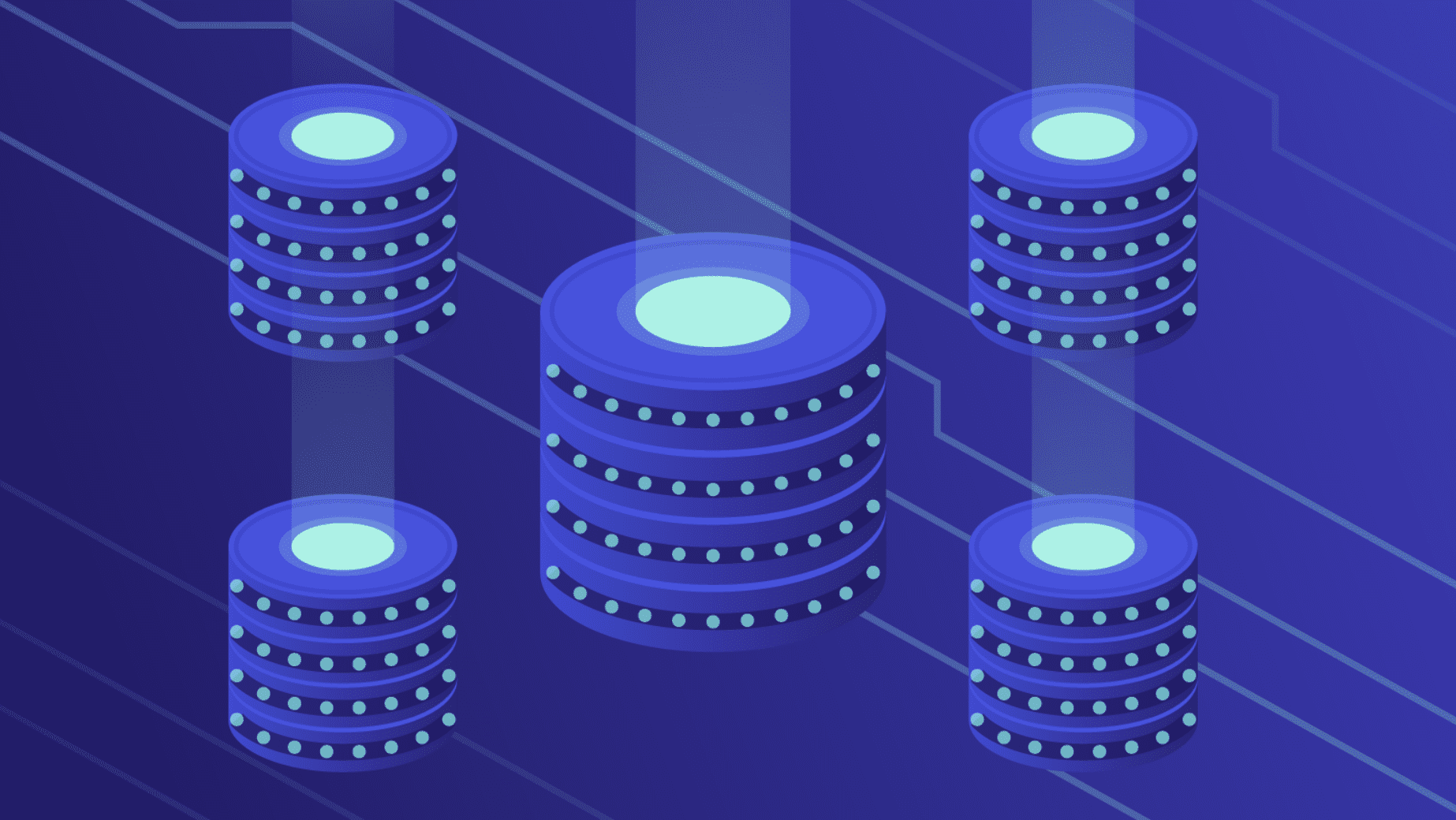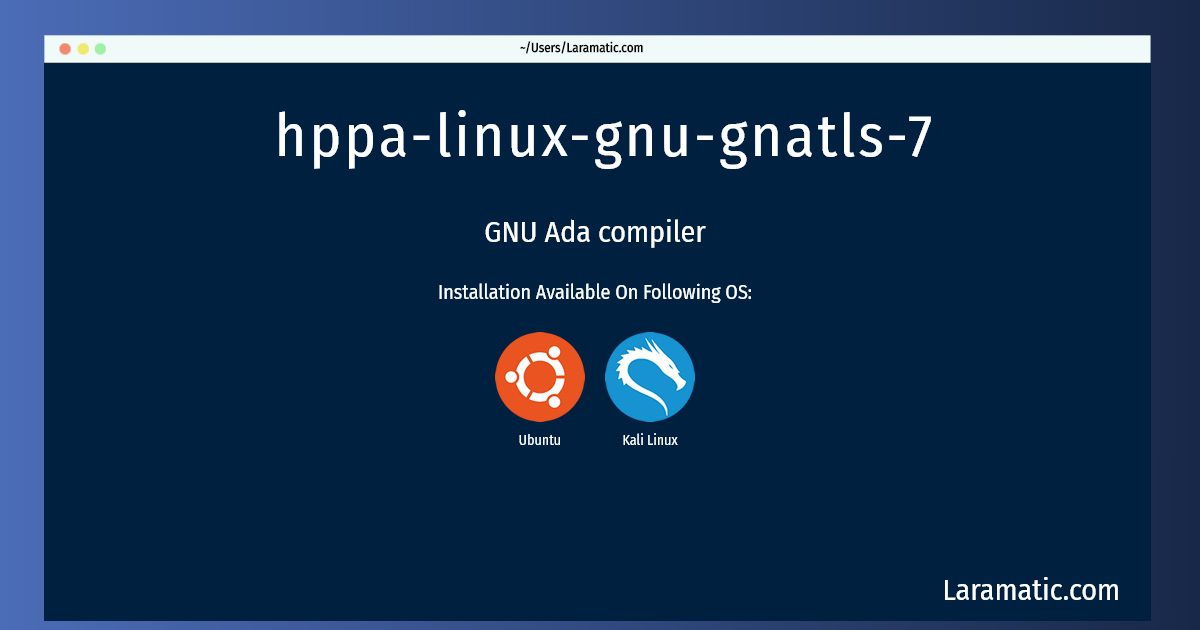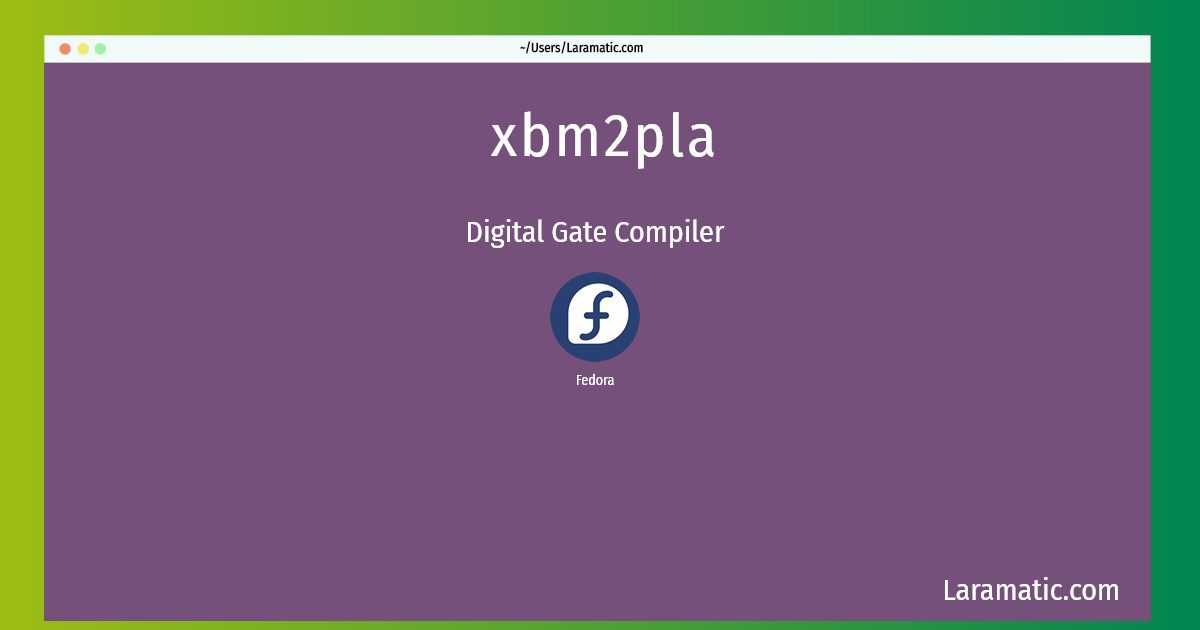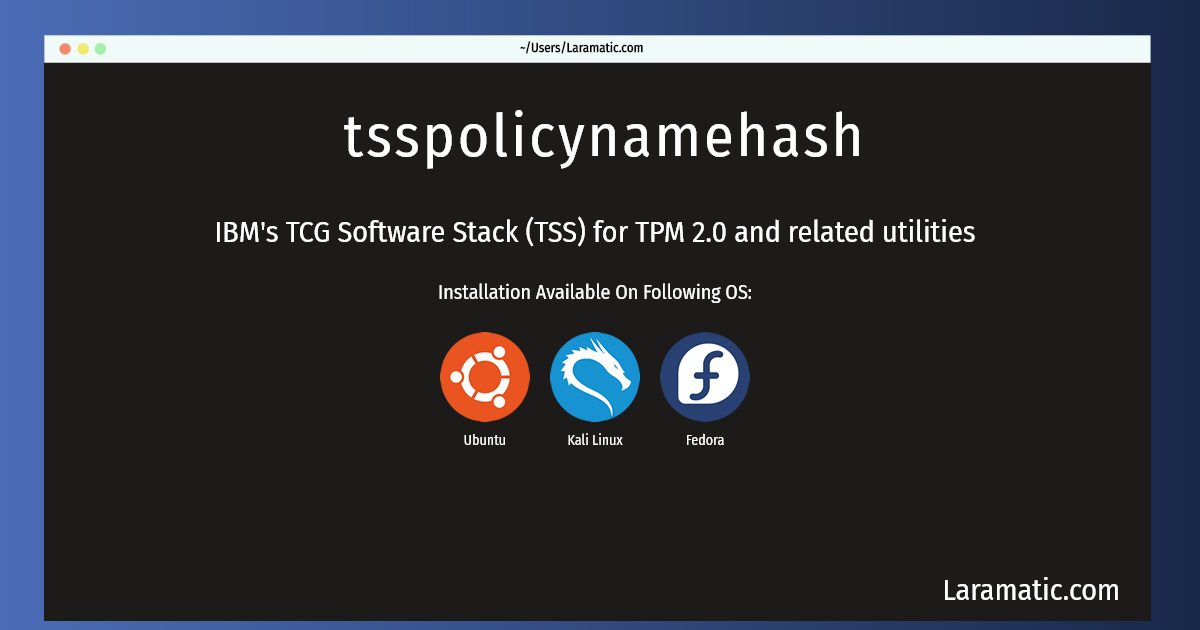Are you looking for an open-source Java EE application server? The open-source Java EE application servers provide unique features for developing and supporting any kind of applications. You can make the best use by understanding them. Read about the details of these servers in detail.
What is a Java EE Application Server?
Java EE Application servers support you and offer Java based APIs implementations. Aside from the standard services, they also assist you with application data and serve them to their clients like the website results served to web browsers to serve requests.
What are the benefits of these apps and how do they help us? Their services are delivered in containers and they host multiple application components.
This leads us to another aspect of the container industry. Let’s just take a moment to look at it before jumping over to the best options.
What are Containers?
Java class instances are stored in containers. Containers are capable of holding all of their contents, whether it’s a string, integer, or just a name.
Thus, when retrieving an object, you need to revert it according to the required type, particularly when using a type-specific method. Containers provide an interface that allows a component to use a low-level and platform-specific function. The client component must therefore be constructed for Java EE platforms before it can be deployed into a container.
Four Basic Types of Containers
There are four types of containers when working with Java EE platforms. They each have a different role and deployment as per the case. They are explained below in detail.
#1 Java EE Containers
This container is an interface that can be used for the functionality deployment to be accessed by the components and the platform. As its functionality is defined by the platform itself, it can also vary according to the type of component it is presented with. The Java EE containers can be used for enterprise apps as they provide room for all types of components to function together.
#2 Web Containers
With the web containers’ help web servers can flexibly interact with the web components.
As it plays as an interface between the two, a web container enables requests for application components, life cycles and data contexts to be dispatched. For example, it can provide current information on requests. The web containers allow web servers to interact with the web components such as JSP pages, JavaServer Faces Facelets pages, or servlets.
#3 EJB Containers
EJB Containers are used for the execution of enterprise beans. These containers are used for the execution of enterprise beans. These containers are used to execute the enterprise beans and handle transactions, security, concurrency, and other services.
EJB Container provides an interface between enterprise beans and the Java EE server. It provides a set of services including transaction management, security, concurrency etc.
Enterprise beans are the components that are used for the business logic. These components can be accessed remotely by clients. These enterprise beans use EJB Containers as their interface with the Java EE server.
EJB containers are responsible for managing transactions, security, concurrency, and other services that are required by enterprise beans.
The most popular EJB containers for Java EE servers include JBoss, IBM WebSphere Application Server, and Oracle GlassFish Server.
#4 Application Client Containers
The Java EE Server and the Java EE application clients communicate with each other through the Java Message Service (JMS). The JMS is a part of the Java EE platform which provides a standard API for messaging between applications.
The JMS API is used by both the server and client to send messages. The server uses it to send messages to clients, while the clients use it to receive messages from the server. Messages are sent over TCP/IP or HTTP connections.
List of The Best Java EE Application Servers
Since we know about the basics of containers let’s find out about the best Java EE Application servers
- Apache Tomcat
- Jetty
- Glassfish
- Apache Geronimo
- JBoss Enterprise Application Platform
#1 Apache Tomcat
Apache Tomcat is an open-source web server. It implements the Java Servlet and JavaServer Pages (JSP) specifications from Oracle Corporation.
Apache Tomcat was released under the license of V2 and was developed by Apache Software Foundation. You can use it to implement Java EE specs like WebSocket with the providence of an HTTP server environment where the Java code for the web can be run.
Tomcat has a market share of more than 60% of all server deployments for Java applications, which speaks volumes about its popularity and acceptance.
It’s the most used for all these purposes that holds more than 60% share of the total server usage for all types of Java apps. This reality check alone tells us how paramount the role Apache Tomcat plays.
Benefits of Apache Tomcat
Tomcat Apache has custom tools and provides a flexible environment. The developers can get to use light-weight code that helps easy and quick deployment as well as loading of the already developed apps. Tomcat is also the most stable Java EE Application server.
#2 Jetty
Jetty is an HTTP web server and a Java Servlet container. It is a project of the Eclipse foundation and it’s under the Apache License v2.
Jetty has been used for different purposes, for example:
- A lightweight server for testing and development
- HTTP Server with an API from Java Servlets
- A JSP Servlet Container with a built in web interface called “Shoot”
- A JDO Object/Relational Database with transactional support
The main reason for Jetty’s success is that it is easy to use. It has been around for a long time and is used by many different types of enterprises.
Jetty runs on the Java platform with the primary use cases being as an embedded web server or to replace a production instance of Apache or Nginx for testing purposes. Jetty is also often used in microservices architectures as the HTTP connector that services talk to each other over RESTful APIs.
It has new features for the latest Java Servlet APIs, including JMX, JNDI, SPDY, WebSocket, JASPI, and AJP.
Few benefits of Jetty
- It can be used for full stack java app development
- Helps handle 10,000+ requests
- Extremely fast and flexible
- Highly scalable
#3 Glassfish
Glassfish is an open-source platform that was originated by Sun Microsystems. It mainly provides Java EE platforms and applications.
GlassFish can efficiently serve your Java EE applications with a light-weight container that has fully asynchronous I/O support. It also features a certified clustering capability to provide scalability and high availability to your application or application server cluster. These reasons make GlassFish an attractive choice for many developers, especially when they need to focus on running applications rather than managing servers themselves.
GlassFish is considered a highly reliable resource by the developers because it supports Enterprise JavaBeans, JPA, RMI, JavaServer, servlets, JavaServer Pages and so on..
Glassfish allows you to develop various portable enterprise software, scale and integrate it further with newer tech. It also features optional components for additional services.
Benefits of Glassfish
Provides optimum support for Enterprise JavaBeans, Java Server Faces, JMS, JPA, and many others.
Easy to deploy Java codes because of its lightweight design
You can create portable and scalable enterprise software, and integrate it with legacy systems.
#4 Apache Geronimo
Apache Geronimo is a Java EE server and open-source software created by the Apache Software Foundation. It is built on Apache Tomcat and uses the Apache Jakarta-Commons libraries.
The Apache Geronimo project began in 2000 with a focus on supporting Enterprise JavaBeans (EJB) 3 and a Java Servlet 2.2 web container, based upon the Tomcat 4.x codebase. The server was renamed to Geronimo in 2012, after the name was donated by a member of the Apache Software Foundation board of directors during an online vote.
It also provides opportunities to those new Java learners to partake and contribute to it.
Some of advantages of using Geronimo
- It’s Java JEE 5 application server certified
- Has free components
- It comes with complete support for Apache Derby DB and LDAP through built-in integrations
#5 JBoss Enterprise Application Platform
JBoss Enterprise Application Platform is a Java EE 7 container. It comes from the JBoss Middleware products from Red Hat and features integrated management, clustering capabilities, and the ability to be deployed across a variety of virtualization technologies. This allows clients to more easily migrate their existing systems and applications onto a cloud-based infrastructure.
The Red Hat JBoss EAP system has been developed for companies that are looking for an integrated application server that can be scaled out across multiple nodes. It is also perfect for users who require high levels of high availability, scalability and performance.
Some benefits of using JBoss Enterprise
- Red Hat provides support and accessibility of open-source tools
- Compatible with Java EE 7 specs
- The developers can also use stacks, cloud architectures and web services
- Manageable automation features
Conclusion
These are the Java EE Application Servers that you can use to implement APIs for the high quality services. All these servers that are explained in detail come with different features and use-cases as well as the components. They all serve many purposes for your servers.


















Leave a Review